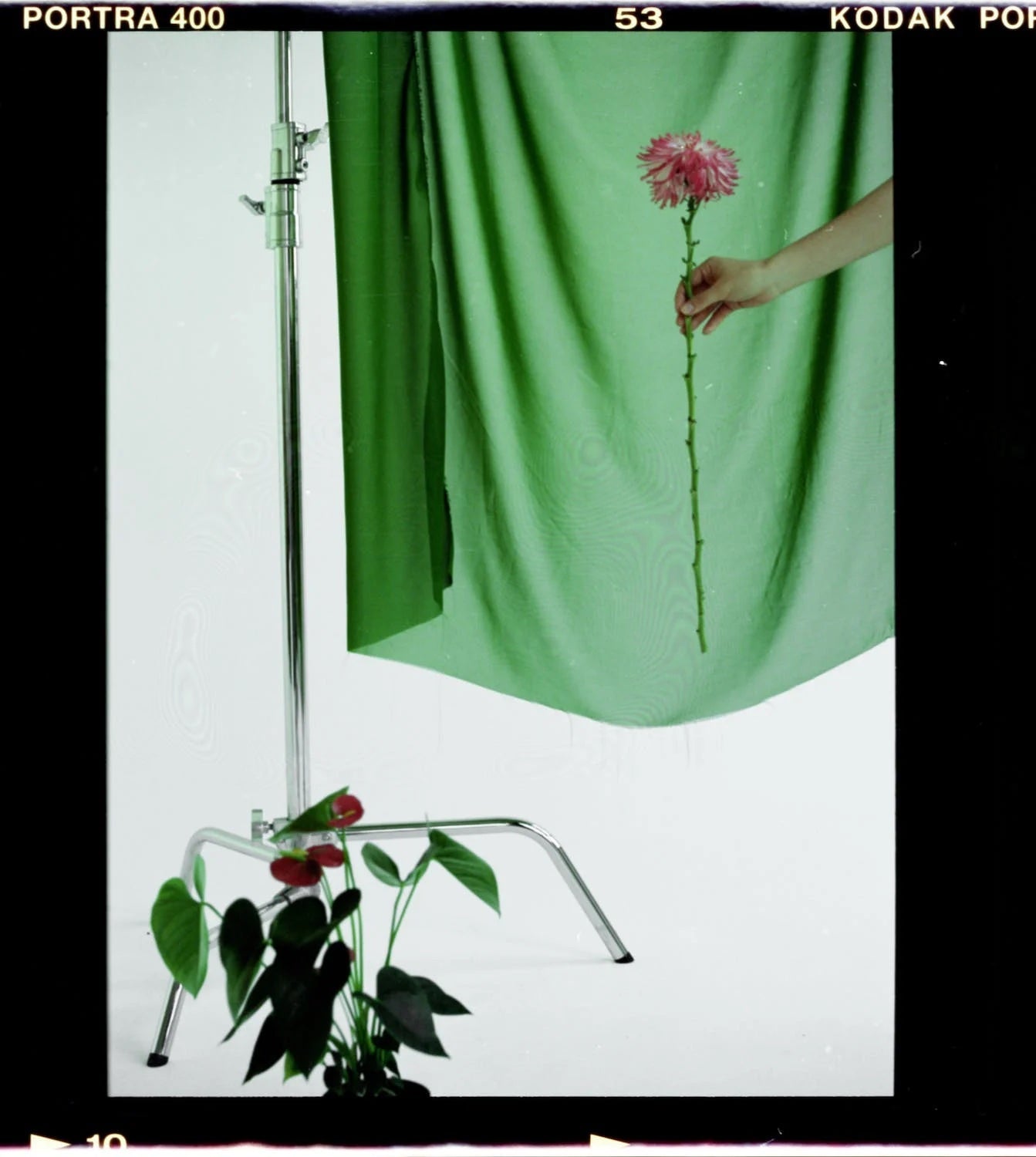Experimental photography is a fascinating genre that allows photographers to push their boundaries and explore new creative avenues. Unlike traditional photography, experimental photography often involves unconventional techniques and approaches to capture unique and captivating images.
Being an experimental photographer means embracing the unknown and exploring new avenues of creative expression.
Being an experimental photographer means embracing the unknown and exploring new avenues of creative expression. It means stepping outside traditional photographic techniques and pushing the boundaries of what is possible. Experimental photographers use unconventional methods and materials to create unique and captivating images that convey emotion, tell a story, and challenge the viewer's perceptions. They constantly explore and experiment, seeking to develop their skills and refine their artistic vision.
Experimental photography is not only about creating visually stunning images but also about the process of discovery and the joy of experimentation. It is a mindset that values creativity, innovation, and the willingness to take risks to create something original.
If you're interested in trying out experimental photography, here are some tips to help you get started:
Experimental Photography Techniques:
- Embrace imperfection
- Use alternative processes
- Incorporate found objects
- Experiment with lighting
- Play with color
- Shoot from unusual angles
- Keep a journal
Embrace Imperfection
One of the key principles of experimental photography is to embrace imperfection. Instead of striving for technically perfect images, focus on capturing images that convey emotion and tell a story. Experiment with blur, double exposure, and other techniques to create dreamlike, ethereal images.
Use Alternative Processes
There are many alternative processes that you can use to create experimental photographs, such as tintype, cyanotype, gum bichromate, and salt prints. These processes involve using chemicals and materials to create unique images with distinctive textures and tones. Experiment with different techniques to find the ones best suit your style and vision.
Incorporate Found Objects
Found objects can add interest and depth to your experimental photographs. Look for objects with interesting textures and shapes, such as rusted metal, weathered wood, or peeling paint. Incorporate these objects into your pictures to create dynamic and visually striking images.
Experiment with Lighting
Lighting plays a crucial role in experimental photography. Try using natural light, artificial light, or a combination of both to create different moods and atmospheres. Experiment with lighting techniques like backlighting, silhouetting, and chiaroscuro to create dramatic and striking images.
Related article: How to Use Natural Light?
Play with Color
Color can be a powerful tool in experimental photography. Experiment with color grading, color filters, and other techniques to create images with unique color palettes and tones. Consider using complementary or contrasting colors to create dynamic and visually striking images.
Shoot From Unusual Angles
Experiment with shooting from unusual angles to create a sense of depth and perspective in your images. Consider shooting from a low, high, or tilted angle to create visually engaging and unique photos.
Related article: Photography Composition Techniques
Keep a Journal
Experimentation is all about trial and error, so keeping track of your experiments and their outcomes is essential. Keep a journal of your experiments, including the techniques you used, the settings you used, and the results you achieved. This will help you refine your techniques and develop your skills as an experimental photographer.
Alternative Process Photography
There are numerous types of experimental photography, each with its own unique techniques and approaches. One type of experimental photography is alternative process photography, which involves using alternative methods of developing and printing images, such as cyanotype or salt printing. Another type of lensless photography involves creating images without a lens by placing objects directly onto photographic paper.
Multiple Exposure Photography
Other types of experimental photography include multiple exposure photography, where multiple photos are layered on top of one another to create a single image, and light painting photography, which involves using long exposures and various light sources to create abstract and surreal images. Some experimental photographers incorporate found objects or use unconventional materials, such as photographic emulsion on glass or metal. The possibilities for experimental photography are endless, allowing photographers to constantly explore and push the boundaries of their craft.
Unconventional Equipment
Experimental photography often involves using unconventional equipment in addition to the standard cameras and lenses used in traditional photography. Many experimental photographers create their own pinhole cameras, which can be made from various materials, including cardboard or even a coffee can. Large format cameras are also commonly used in alternative process photography, allowing for greater control over the exposure and image development process.
Other equipment widely used in experimental photography includes light sources such as flashlights or LED panels and filters, prisms, and mirrors to create unique and abstract effects. Found objects, such as old film negatives or glass plates, can also be repurposed to create new, exciting images.Overall, the equipment used in experimental photography is diverse and often improvised, allowing photographers to explore new and unique creative avenues.
In conclusion, experimental photography is a challenging and rewarding genre that offers endless opportunities for creative expression. By embracing imperfection, using alternative processes, incorporating found objects, experimenting with lighting, playing with color, shooting from unusual angles, and keeping a journal, you can develop your skills and create truly unique and captivating images.
Related article: Tintype Photography: What is it?
Related article: How to Do Silhouette Photography
Related article: How to Make Cool Effects with Colored Gels
Related article: Pinhole Photography: What Is It?
Related article: Water Splash Photography: How to Shoot High-Speed Photography of Splashing Liquids?












